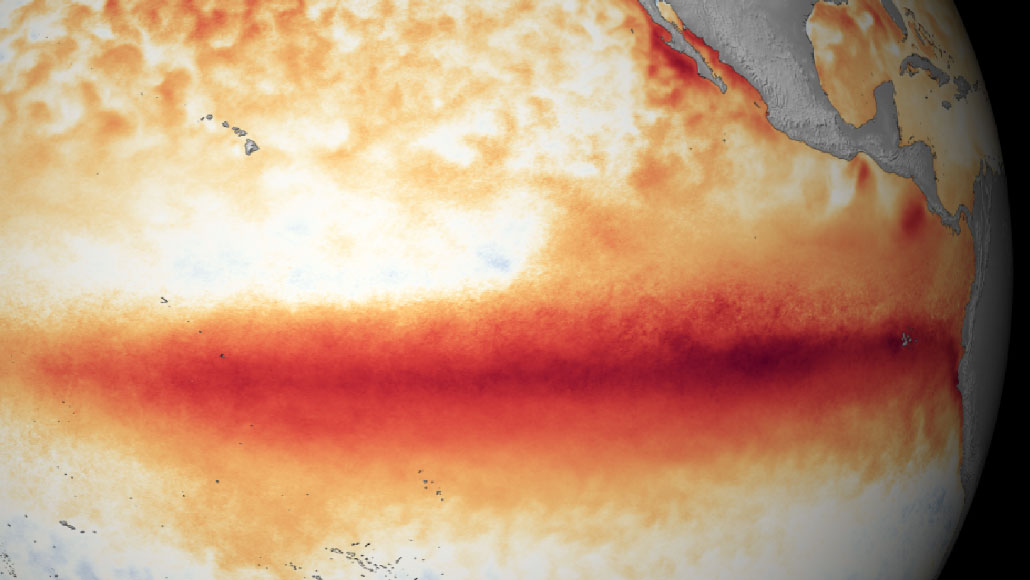
Brother-and-sister weather disturbances in the Pacific, known as El Niño (pictured) and La Niña, may soon lose touch with their cousins in the Atlantic.
Climate.gov/NNVL

Brother-and-sister weather disturbances in the Pacific, known as El Niño (pictured) and La Niña, may soon lose touch with their cousins in the Atlantic.
Climate.gov/NNVL